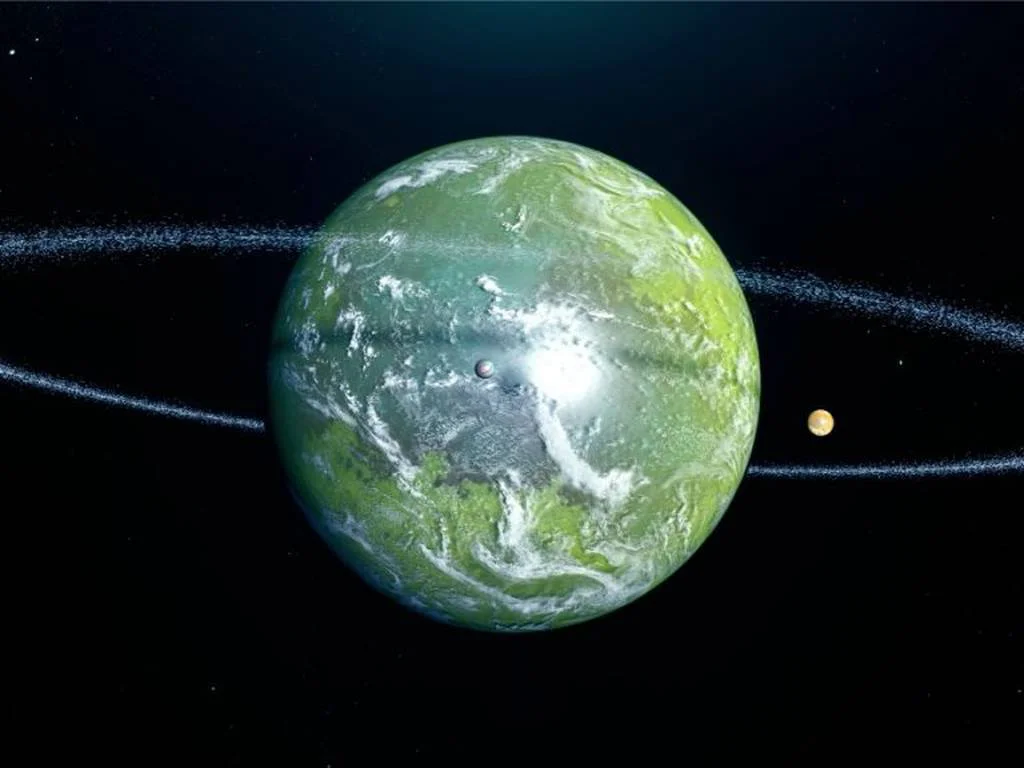In the search for extraterrestrial life, scientists have long focused on Earth-like planets as the most likely candidates to support life.

Table of Contents
However, recent discoveries have revealed a new class of planets that could offer even more favorable conditions for life than Earth itself: Super Earths. These intriguing worlds, larger than Earth but smaller than Neptune, have become a hot topic in the field of astrobiology. In this article, we will explore the characteristics of Super-Earths and discuss why they could be better suited for life than our home planet.
What are Super-Earths?
Super Earths are planets with a mass between 1 and 10 times that of Earth. They are rocky in nature, similar to Earth, but have a larger size and mass. The term “Super Earth” does not necessarily imply that the planet is habitable, but it does suggest that these worlds have the potential for a wide range of environments, some of which could support life.
Why Super-Earths could be better for life than Earth
Greater Surface Area and Larger Habitats
One of the most obvious advantages of a Super Earth over our planet is the increased surface area. A larger surface area means more space for life to develop and thrive. This could lead to greater biodiversity, as well as more opportunities for complex ecosystems to form. Additionally, a larger planet may have more varied terrain, offering a wider range of habitats for life to adapt to.

Stronger Magnetic Fields
Another factor that could make Super Earths more suitable for life is their potentially stronger magnetic fields. A strong magnetic field helps to protect a planet’s atmosphere from harmful solar radiation and cosmic rays, which can be detrimental to life. Earth’s magnetic field is critical for our survival, and a more robust magnetic field on a Super Earth could provide even better protection for life to flourish.
Stable Climate
Super Earths are thought to have thicker atmospheres than Earth, which could contribute to a more stable climate. A thicker atmosphere helps to retain heat and distribute it more evenly across the planet, reducing temperature extremes and maintaining a more consistent climate. This stability could be beneficial for life, as it allows organisms to adapt to their environment more easily.
Increased Chance of Water
Water is essential for life as we know it, and Super Earths are more likely to have abundant water, thanks to their larger size and mass. A higher mass means a stronger gravitational pull, which allows these planets to hold onto more water and other volatile compounds, such as ammonia and methane. These compounds are essential for the development of life and could increase the likelihood of life emerging on Super Earths.
Challenges and Future Research
Despite their potential advantages, Super Earths also present some challenges for life. For example, their greater mass means a stronger gravitational pull, which could make it more difficult for life to evolve and adapt. Additionally, their distance from Earth makes it challenging for scientists to study these planets in detail and determine their habitability.
Future research, including the launch of new telescopes like the James Webb Space Telescope, will enable scientists to gather more data on Super Earths and better understand their potential for hosting life. As we continue to explore the cosmos, it’s becoming increasingly clear that our universe holds many surprises, including the tantalizing possibility of life on Super Earths.
The discovery of Super Earths has opened up new horizons in the search for extraterrestrial life. These intriguing worlds offer a unique combination of characteristics that could make them even more hospitable to life than our own planet. As our understanding of these distant planets grows, so too does our appreciation for the vast potential of the universe to support life in its many forms.

